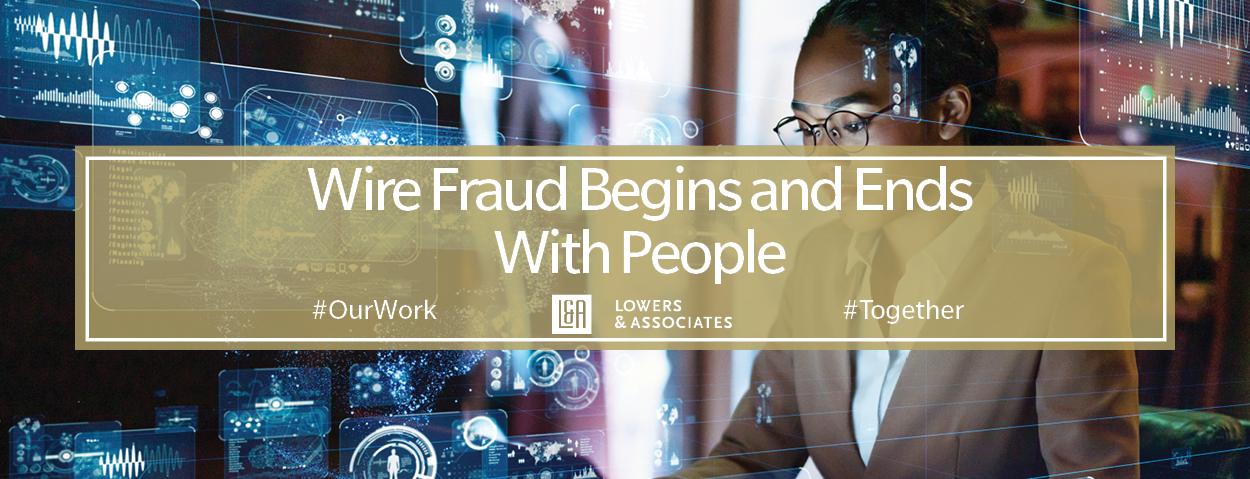Bridging the Gap: Unifying Physical and Cyber Security Assessments

By Brad Moody and Brian Straightiff
Unlike traditional methods that compartmentalize physical and cyber security, Lowers & Associates’ innovative strategy to security assessments unifies both realms seamlessly, emphasizing a holistic understanding of vulnerabilities and threats.
Traditionally, annual penetration tests focus only on digital assets. However, Lowers & Associates understands that some digital assets are exploitable through physical vulnerabilities. L&A developed a plan encompassing four pillars; external scans, internal scans, physical security, and social engineering, that not only slashes costs but also significantly enhances the breadth of an assessment.
Comprehensive Security Assessment: Exploring the Four Pillars
1. External Scan:
Utilizing advanced tools like Nessus, professionals conduct in-depth external scans. These assessments mimic real-world scenarios, identifying vulnerabilities visible from outside the network perimeter.
2. Internal Scan:
Authenticated access to applications provides a unique perspective, simulating potential insider threats. By identifying vulnerabilities specific to internal access, this scan offers invaluable insights into an organization’s security posture.
3. Physical Assessment:
Evaluate physical security conditions that allow bad actors to penetrate a facility to access networks and devices. Access controls, personnel, CCTV, and alarms are a large component in limiting the opportunity for exposure that allow risk.
4. Social Engineering:
Social engineering, the human element in security assessments, serves as a bridge between physical and cyber security. Spear phishing campaigns using Open-Source Intelligence (OSINT), target specific individuals within the organization. By exploiting human behavior and preferences, these campaigns reveal the organization’s susceptibility to attacks that cross the digital and physical boundaries.
The Fusion of Physical and Cyber Security:
The innovative aspect of this approach lies in its ability to merge physical and cyber security seamlessly. Instead of viewing security in silos, this strategy recognizes that physical and digital security are interconnected. For instance, social engineering extends beyond the digital realm, incorporating techniques like impersonation and elicitation to exploit human vulnerabilities physically and digitally.
The impact of this unified approach extends beyond identifying vulnerabilities. Following the assessment, organizations can actively address the identified weaknesses. By implementing targeted security awareness training and periodic simulations, employees become adept at recognizing and responding to both digital and physical threats.
Conclusion:
This integrated approach to security assessments heralds a new era in safeguarding organizational assets. By embracing both physical and cyber security, businesses can fortify their defenses comprehensively. In an era where threats are multifaceted, this holistic understanding of security vulnerabilities is not just an approach—it’s a necessity. As organizations navigate the evolving landscape of security challenges, this unified strategy stands as a testament to the proactive stance required to ensure a secure digital future.



